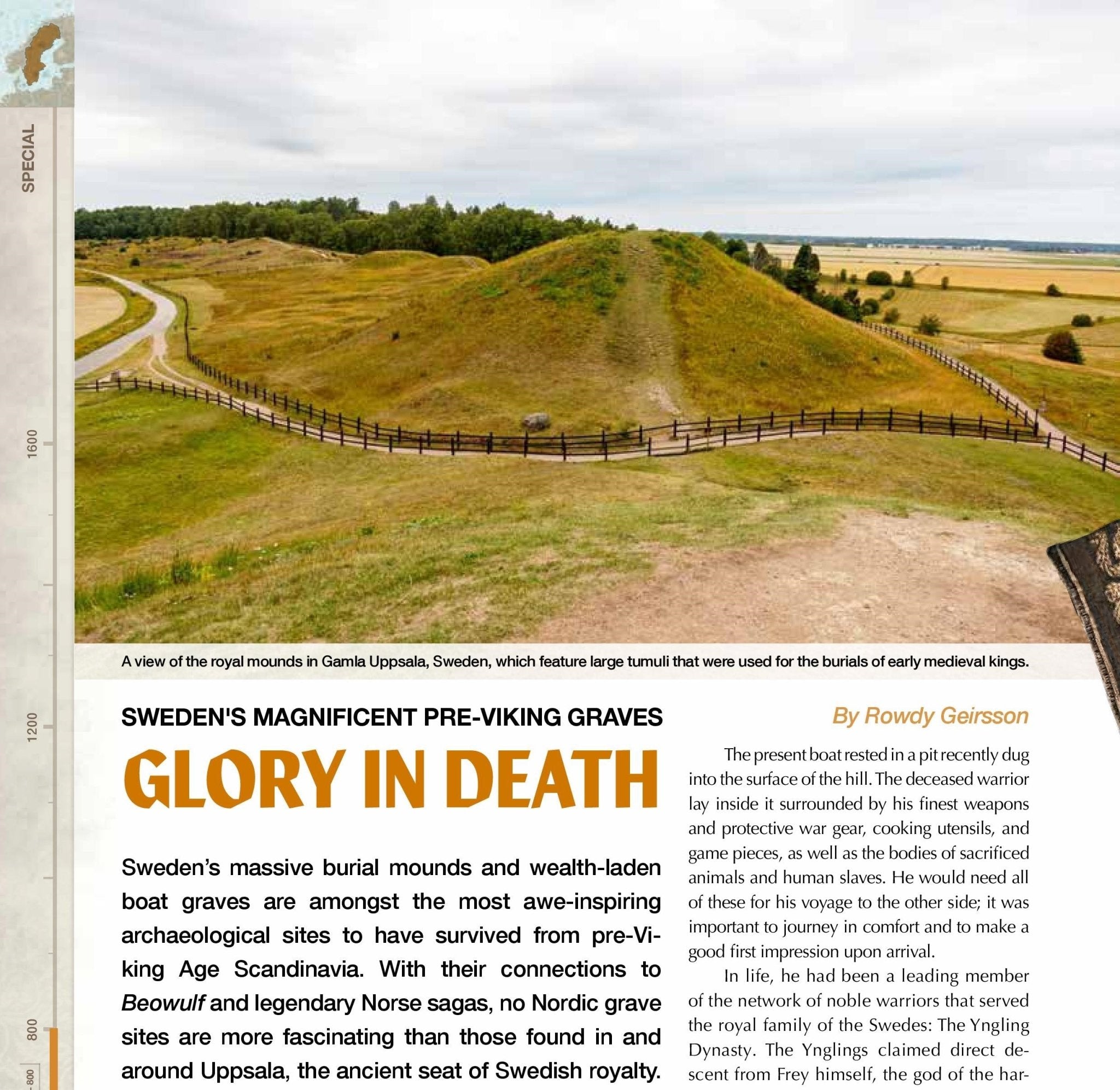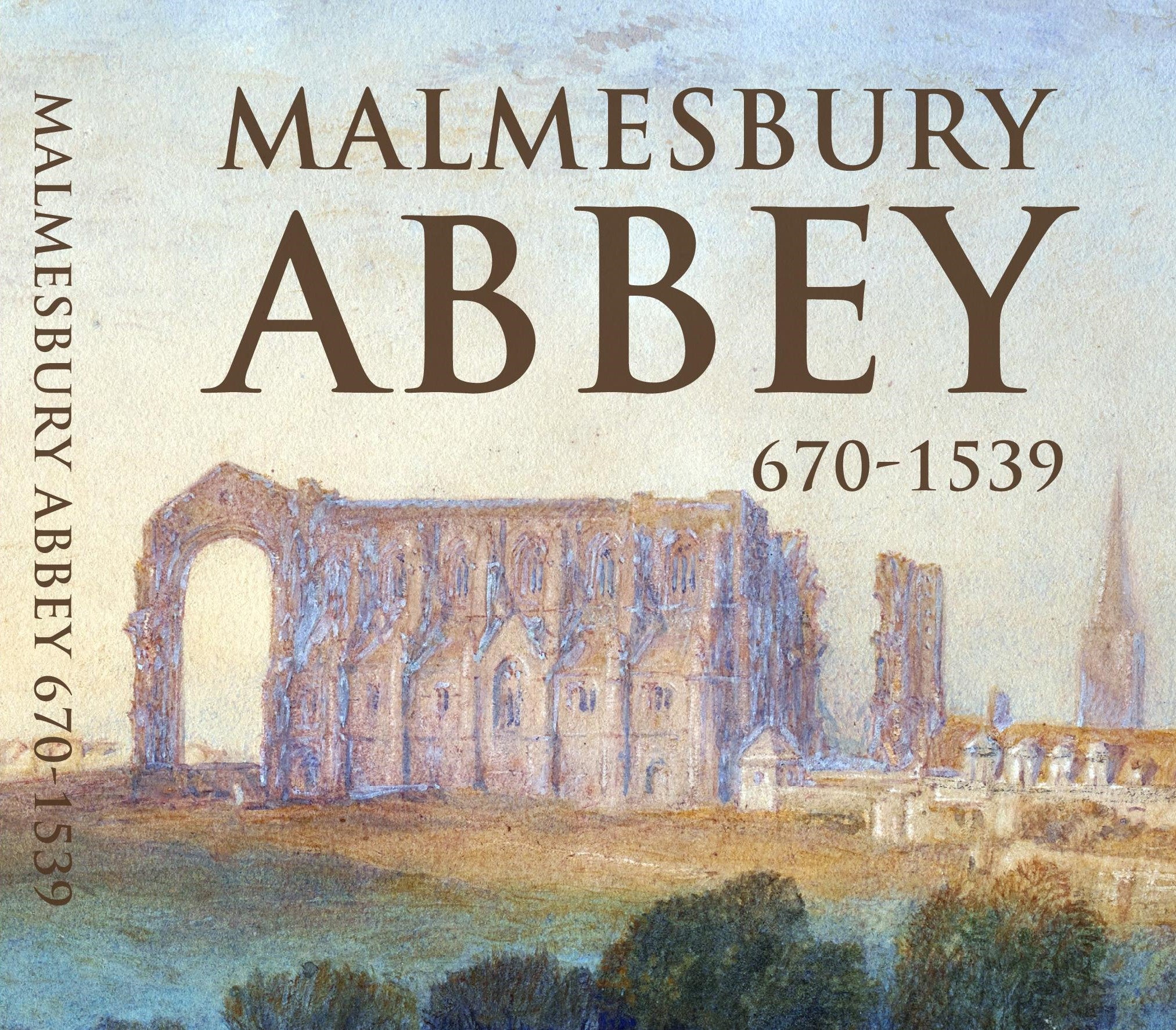Reader's letter: the Battle of Ravenna (full version)
 First of all, I would like to congratulate all of you on an outstanding magazine. I sincerely look forward to every issue. I was especially excited to receive the issue on the War of the League of Cambrai, as I find the Italian Wars fascinating. However, I was somewhat disappointed in the article by Filippo Donvito, on the Battle of Ravenna. While very well written and generally agreeing with most accounts that I have read, his account of the Spanish men-at-arms and the cavalry combat is very different from other treatments. In his article, Donvito states that the Spanish heavy cavalry did not ‘support’ Fabrizio Colonna’s charge, and that he fought the French men-at-arms alone. Everything I have read on the battle says otherwise.
First of all, I would like to congratulate all of you on an outstanding magazine. I sincerely look forward to every issue. I was especially excited to receive the issue on the War of the League of Cambrai, as I find the Italian Wars fascinating. However, I was somewhat disappointed in the article by Filippo Donvito, on the Battle of Ravenna. While very well written and generally agreeing with most accounts that I have read, his account of the Spanish men-at-arms and the cavalry combat is very different from other treatments. In his article, Donvito states that the Spanish heavy cavalry did not ‘support’ Fabrizio Colonna’s charge, and that he fought the French men-at-arms alone. Everything I have read on the battle says otherwise.
Secondly, most accounts have Cavajal’s battle of men-at-arms being the first to charge, charging the guns of the Duke of Ferrara, which had caught them in devastating enfilading fire. To quote from the wonderful book The History of the Art of War in the Sixteenth Century (first published 1937) by Sir Charles Oman (in my view, the top authority on the Italian Wars), from the chapter on the Battle of Ravenna: “For both Fabrizio (Colonna) and the long ‘Relacion’ of the Spanish friar which is one of our most reliable sources, agree that it was Carvajal’s corps, with Pescara’s ‘ginetes’ which made the first sally (…)” (1989 reprint, p. 140).
In addition, Colonna himself states that he was not the first to charge. Again, I quote from Oman: “Fabrizio Colonna, according to his own narrative – most fortunately preserved – did not move until he saw the main body of the Spanish horse already in action at the other end of the line” (pp. 140-141). I am assuming that the “main body of Spanish Horse” refers to the main battle of men-at-arms under La Palude, and not Pescara’s jinetes, as light cavalry would rarely be termed a “main body of horse” in a late medieval/early Renaissance army.
Thirdly, the Spanish men-at-arms put up a very hard fight, according to all narratives, though they were ultimately outclassed and outnumbered by the French heavy cavalry. Again, to quote from Oman: “There was a stiff cavalry fight on the French left: the Spanish horse are given by all authorities a fine testimonial for their repeated charges. The ‘Relacion’ tells how all their lances were broken before the joust was over and they were sending more to the Viceroy [back with the infantry under Navarro, and not with the horse] who could not supply them” (p. 141). At the end, the French archers of the Royal Guard and other reinforcements were called upon by the French, and the Spanish horse broke. I find this narrative in complete contrast to Donvito‘s implication that the Spanish heavy horse did not fully participate in the fight and that Fabrizio fought the French men-at-arms alone.
Oman’s version of the battle mirrors F.L. Taylor in his Art of War in Italy, 1484-1529 (first published 1921), including the opinion that Carvajal was the first to charge. Hans Delbrück in his book The Dawn of Modern Warfare (first published 1920) writes, “As a result of the forward movement of the Spanish knights (…)”, that the battle was essentially lost, not specifying who led the first charge but implying that it was Carvajal or La Palude, by saying that it was “the Spanish knights”. Francesco Guicciardini, in The History of Italy(1540), while claiming that Colonna was first to charge, writes, “Since these men [Colonna’s] were followed by all the cavalry (…)”, clearly saying that Colonna (if he charged first) was supported. Guicciardini goes on to write, “Also taken captive was the Marquis della Palude [as I mentioned above, the commander of the main battle of Spanish men-at-arms] who had led the second squadron into the battle (…)” So even those authors who disagree with Oman, Taylor and Colonna himself, that Carvajal led the first charge, agree that all the cavalry on the Spanish-Papal side were engaged in the battle. None of the authors, not even Fabrizio’s compatriot Guicciardini, claim that Colonna was unsupported by the Spanish men-at-arms.
Lastly, the Spanish cavalry casualty list tells a different story from Donvito’s article. Oman writes that between 300 and 400 Spanish men-at-arms fell during the battle. La Palude, commanding the main battle of Spanish men-at-arms was wounded and captured, while Carvajal, commanding the rear battle of men-at-arms, was wounded. (The article states that both Colonna and Pescara were wounded and captured, but says nothing of the commanders of the two troops of Spanish men-at-arms, Carvajal and La Palude.) In addition, of 28 Spanish heavy cavalry captains present. eleven were killed, three were wounded and taken prisoner, four were taken prisoner unwounded, and ten wounded escaped (Oman, p. 141) – a casualty rate of basically 100 percent! Clearly, these are not results that come from troops that “were not fully engaged”.
The Spanish heavy cavalry did leave the battlefield (with Cardona) after they were beaten by the French. And it is true that Fabrizio Colonna deserves the most credit, as he was the only Spanish-Papal cavalry commander to stay on the field with an organized troop throughout the whole battle. Indeed, he later claimed that, with only 200 men-at-arms, he could have saved the battle in its later stages. I, however, doubt this claim, as 200 men-at-arms would not have been enough to stand up to the hundreds of French heavy cavalry, after they returned from pursuing their Spanish counterparts. Fabrizio was clearly an incredibly brave and competent cavalry commander, but I feel that Donvito‘s article does injustice to the other commanders and troops that also fought very bravely during this bloody and difficult battle.
Sincerely,
Carlos Ortiz
Filippo Donvito replies
Dear Reader,
F. Taylor has counted as many as 50 different sources for the Battle of Ravenna. He said that “The cavalry action is the most difficult part of the Battle of Ravenna to unravel from the accounts of the authorities”, and, in his 35-page narrative of the battle, he has admirably tried to reconcile all the available accounts (for example, there are at least four different versions of Gaston de Foix’s death). But, in my opinion, the overall result is too long and confusing to be followed to the letter in an article in Medieval Warfare magazine. Taylor’s version should be read by constantly checking the notes, where he presents his own reasons for why and how he decided to follow, at that particular moment, one particular version and not another.
Oman’s work, which you quote so often, is certainly a classic; but, nonetheless, M. Mallet (Mercenaries and their Masters; first published 2009) calls it “completely outdated” (p. 267). Personally, I am not certain who should be credited as the ‘top authority of the Italian Wars’, but Mallet believes that P. Pieri’s Il Rinascimento e la crisi militare italiana (Turin 1952) is “The fundamental work” on the Italian Wars (p. 283) and, some pages earlier, defines this work as “a seminal re-appraisal of the military scene in Italy and is equipped with excellent bibliographies.” (p. 264).
Oman, Taylor, Mallet and Pieri deserve the utmost respect, but they are all secondary sources. I prefer to find my inspiration among the contemporary eye-witnesses of the battle. The Loyal Serviteur (Knight Bayard’s horse-archer and biographer) and Francesco Pandolfini, who were both present at the battle, state that the Spanish-Papal vanguard was formed by Colonna’s men-at-arms and that they were the first to attack the French vanguard. I especially trust Pandolfini, as Pieri does, as the most impartial source for the battle. He was ambassador of the Florentine Republic to Gaston de Foix and, during the battle, he rode with the French general staff; being an ambassador, he should be also expected to portray a rather objective account of the events he witnessed. In his letter to the Republic, Pandolfini writes: ”At the sunrise [the Spanish-Papal commanders] ordered their battles by stationing beside the river, to their left, their men-at-arms; the vanguard was led by Lord Fabrizio Colonna with 800 lances. Behind them was the battle led by the viceroy with 500 men-at-arms; finally came the rearguard, headed by the Spaniard Carvajal, with 100 men-at-arms.” Later, after having described the deadly effects of the French cannon fire, Pandolfini says that “the horse vanguard [therefore Colonna’s company] assaulted the French vanguard”.
Guicciardini, an historian well-known for his objectivity, support this view, but adds, as you remember, that Colonna’s first attack was immediately followed by “the rest of the cavalry”, thus indicating that the Spanish knights participated. However, he later writes that the Marquis de La Palude was captured because, “with great disorder, he led the second squadron to the attack through a field full of ditches and brushwood”, and that “the viceroy and Carvajal, not experiencing their men’s courage to the last, turned to flight with the third squadron almost intact”. Pandolfini, in contrast, from what he could observe on the battlefield, never speaks of the Spanish-Papal battle and rearguard again, and only writes that the entire army collapsed after the Spanish-Papal vanguard was overwhelmed by the intervention of all the French Gendarmes, and that the viceroy escaped with 200 men-at-arms. From this comparison, I have assumed and written that “the viceroy, after having sent 300 Spanish men-at-arms in a vain attempt to stop the (…) French Gendarmes, fled from the field, followed by the rearguard of Carvajal.” The 300 men-at-arms who tried in vain to stop the French were La Palude’s detached second squadron, and the rest who fled – about 200 Spanish men-at-arms – were Carvajal’s rearguard plus another 100 knights from the viceroy’s entourage. Casualties were certainly high also among the Spaniards; but who knows whether they were all killed, wounded or captured during the mêlée or during the flight as well?
Another reason, I think, argues in my favour. Taylor, in chapter 4 of The Art of War in Italy, entitled “Cavalry”, writes: “There was a broad resemblance between the men-at-arms of all European countries, but the highest reputation was deservedly enjoyed by those of the French army (…) The Italian men-at-arms, as we should expect in a country which had long cultivated cavalry at the expense of infantry, were likewise highly trained and well armed (…) Throughout the period we are considering the cavalry of France and of the Italian states continued to excel that of the other belligerents.” Instead, on the Spanish knights, Taylor notes that, “As to the Spanish men-at-arms, inferior equipment made them the least formidable heavy cavalry in Europe” (pp. 63-64). All these dates I have reported in my article, together with the statement that the Spaniards, while not very skilled as heavy cavalrymen, were, on the contrary, second to none in matter of infantry and light cavalry.
Now, with Taylor’s words firmly in mind, we should place ourselves in the shoes of a Renaissance general who is in the process of organizing his cavalry wing opposite the enemy’s French Gendarmes. We have both Spanish and Italian men-at-arms in our army: which ones should we put in the front rank? Which ones would sustain a violent charge from the Frenchmen first: the similarly heavy-armed Italians, or the more lightly-armed Spanish? (And Taylor adds that the Italians used even longer lances than the French.) My answer to this question was the decisive argument that led me to follow the sources which positioned Colonna and his men-at-arms in the vanguard, and then had them leading the first charge against the French.
Let me add that Guicciardini should not be ‘blamed’ for patriotism toward Fabrizio Colonna. It is always risky to call upon an Italian nation before its time. Italian patriotism is a feeling which never completely arose until the nineteenth century. In the days we are considering, Italy was politically divided and had never experienced any sort of ‘national unity’ since Roman times. You could be patriotic to your town – for example, the Genoese were patriotic to Genoa – but not to a non-existing Italian state. Furthermore, Guicciardini came from Florence, traditionally Guelph, while the Colonnas were from Rome and were, by far, the most famous Ghibelline family of Italy. If Guicciardini had wanted to be partial, he should have praised the Duke of Ferrara, an Italian who chose to ally himself with France, the traditional partner of Florence and supporter of Guelphism, and not a Colonna, who was a notorious Ghibelline and, therefore, pro-imperial.
I would like end with one more note. Many modern authors assume that, since it was under the overall command of the Spanish viceroy, the Spanish-Papal army was simply a Spanish army. It is just a matter of common sense. But, this way, when these authors speak of the cavalry, they refer to it only as the Spanish cavalry, clearly meaning the cavalry of the Spanish-Papal army in general, and not the Spanish-born cavalry of the army. In the same way, the Duke of Ferrara’s artillery is often referred to as the French artillery, just because it was part of the French army. This is not a serious error, but could be misleading for those who are reading about it for the first time.
Kind regards,
Filippo Donvito




